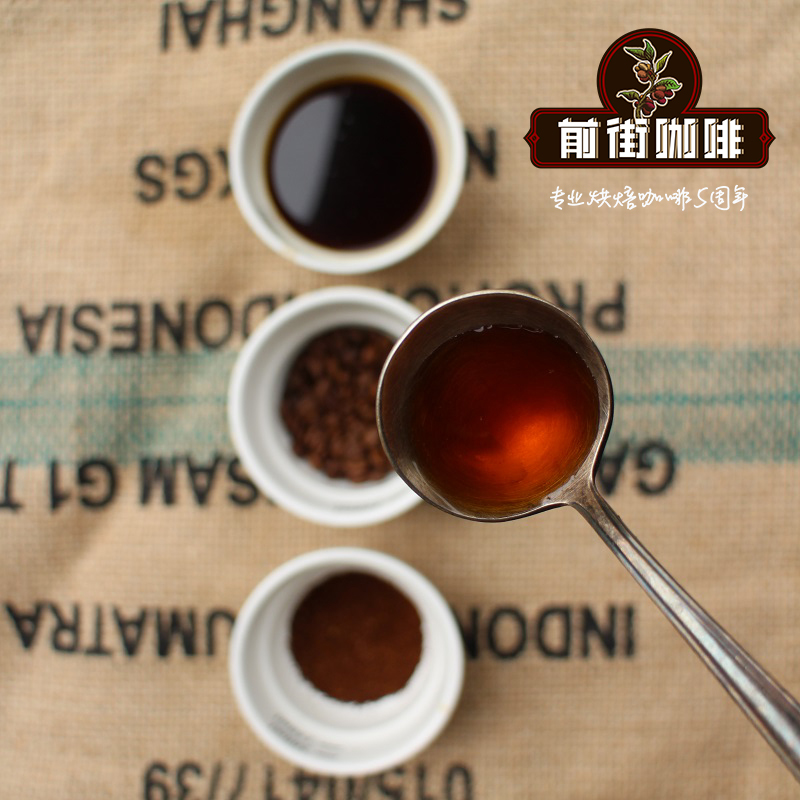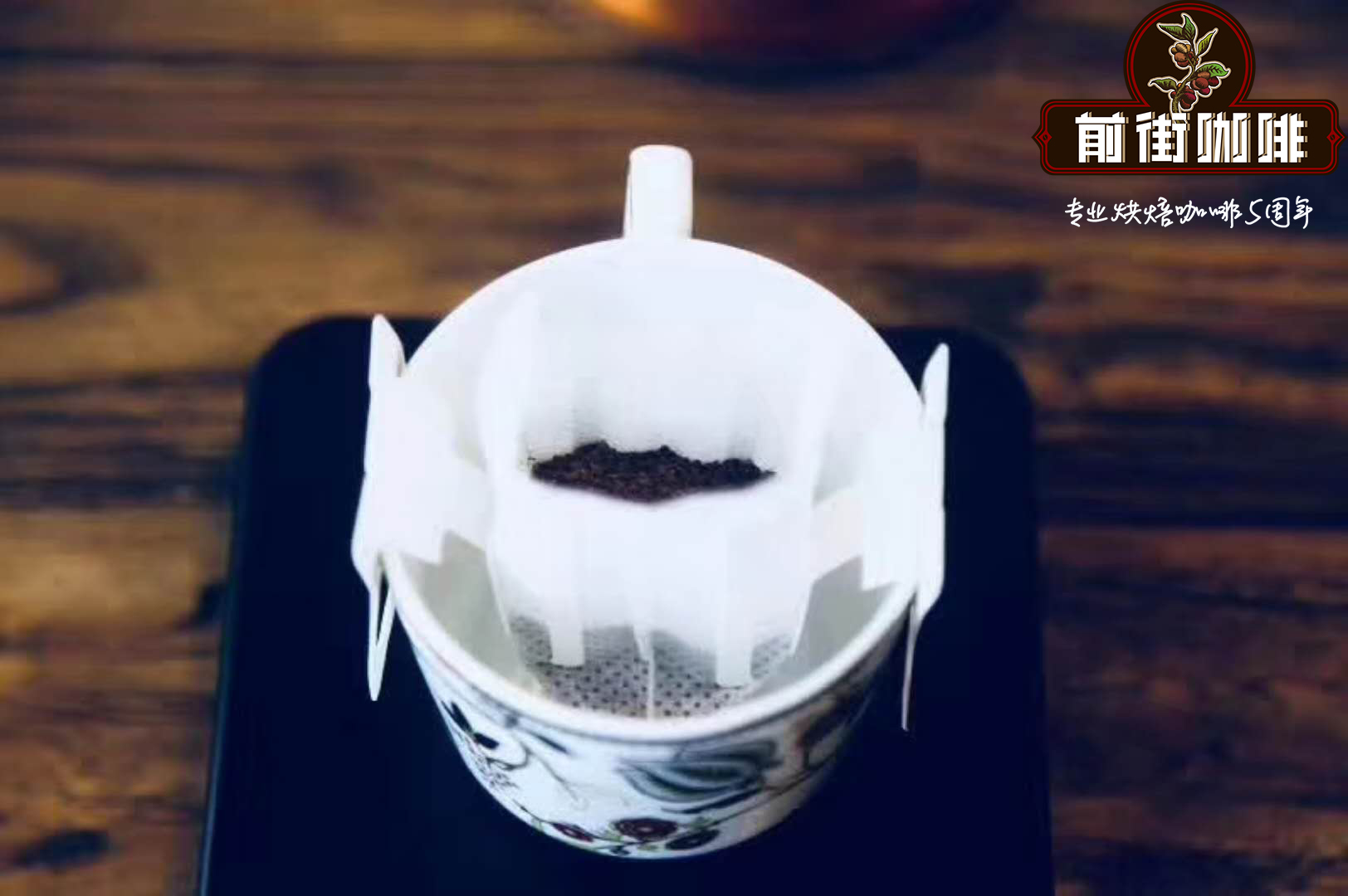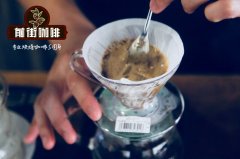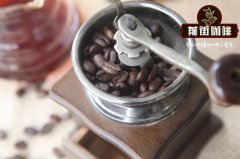How about decaf at Guerrero Farm in Colombia? what is the SC decaffeinated treatment?

De-caffeinated Kaddura SC washed by Columbia Finca La Chorrera
Country: Colombia
Area: Huilan
Farm: Finca La Chorrera
Owner: Claros family
Altitude: 1735 m
Farm area: 8 hectares
Coffee planting area: 6 hectares
Variety: Kaddura
Processing: washing
Caffeine elution process: sugar cane (ethyl acetate)
Flavor: Cherry drops, golden sugar, sweets, silky

Description
Finca La Chorrera is located near the city of Pitalito in the south of Huila province. It is located in the Grand Canyon of the Magdalena River, known as the La Bois Valley, 180km from Vella's capital, Neva. Pitalito is also the second largest city in the province of Huila, with about 125000 residents and is considered to be one of the largest coffee producing areas in Colombia.
The farm is located on the top of a hill 1735 meters above sea level. It contains 70% Caturra (25000 plants; many from them), 20% Colombian F6 (7000 plants) and 10% Castillo (2000 plants). The farm covers an area of eight hectares, of which six hectares grow coffee. The other two hectares are factories and inaccessible mountains. The family house is also used for drying, located at the bottom of the mountain, about 1400 meters above sea level.
The farm is owned and run by the Claros family family: Pedro, wife Nelcy and their six children (Alberio, Addison, Sandra, Herm è s, Diana and Monica). This is a real family business, and everyone invests in the farm to make it work.
The dry terrace on the farm is one of the most amazing things I have ever seen. This is a greenhouse built on top of the house, so you can turn the coffee regularly while making sure no one steals it. The latter was not a big problem last year because of low market prices, but it has been a problem for the past three years. Of course, Pedro doesn't have to worry about market prices. He always gets high-quality products because he consistently provides them, but black market coffee is the highest bidder in the market.
In recent years, decaf in Colombia has been removed from caffeine by SC. This is a Colombian method, and decaffeination (like our other Colombian decaf) is done in a factory in Colombia that uses sucrose by-products for processing. More details can be found here. We are loyal supporters of this approach for a number of reasons, but for me, one of the most important reasons is that it keeps the whole process in Colombia. Coffee is not shipped back and forth around the world to make caffeine caffeine-free.
Compared with the Swiss water and carbon dioxide methods, we are impressed by the flavor quality you get from this process. By controlling the batches we want to process, we can choose the coffee that tastes good at first without being bothered by other people's choices. The downside is that we did not establish a relationship with farmers because we had to find a lot of land.
In 2017, La Chorrera reached the point where it could produce large amounts of coffee with excellent consistency-enough to enable the Claros family to increase the 4200 KG needed for decaffeination.
In the cup test, it reminds me of cherry drops. Red cherries are very popular. It is so sweet and has a lovely silky texture. It was also sprinkled with a little gold sugar. This is a very delicious and well-balanced decaf.
Important Notice :
前街咖啡 FrontStreet Coffee has moved to new addredd:
FrontStreet Coffee Address: 315,Donghua East Road,GuangZhou
Tel:020 38364473
- Prev

What is the flavor of washed coffee in Panama Morning Fog Manor? Introduction of Santa Clara producing area
Country: Panama: Santa Clara (Santa Clara) altitude: 1500 m treatment: washing grade: SHB varieties: Kaddura, Kaduai Flavor description: citrus, sugar, orange, high mountain tea, white pomelo aftertaste, sticky Santa Clara area (Santa Clara): fertile coffee garden has a clear river brought by Chorerra Falls
- Next

How about lactic acid coffee in the new season in Medellin, Colombia? Brief introduction of lactic acid fermentation
Colombia Renacer Lactic fermentation 2020 State: Columbia: Antioquia City: Medellin Community: La Sierra processing Plant: Renacer Farm: El Descanso,El Tractor and Villa Sierra altitude: 2300 m fermentation method: lactic acid fermentation varieties: Caturra,Bourbon and Typica describe this is the first time we've seen this.
Related
- Detailed explanation of Jadeite planting Land in Panamanian Jadeite Manor introduction to the grading system of Jadeite competitive bidding, Red bid, Green bid and Rose Summer
- Story of Coffee planting in Brenka region of Costa Rica Stonehenge Manor anaerobic heavy honey treatment of flavor mouth
- What's on the barrel of Blue Mountain Coffee beans?
- Can American coffee also pull flowers? How to use hot American style to pull out a good-looking pattern?
- Can you make a cold extract with coffee beans? What is the right proportion for cold-extracted coffee formula?
- Indonesian PWN Gold Mandrine Coffee Origin Features Flavor How to Chong? Mandolin coffee is American.
- A brief introduction to the flavor characteristics of Brazilian yellow bourbon coffee beans
- What is the effect of different water quality on the flavor of cold-extracted coffee? What kind of water is best for brewing coffee?
- Why do you think of Rose Summer whenever you mention Panamanian coffee?
- Introduction to the characteristics of authentic blue mountain coffee bean producing areas? What is the CIB Coffee Authority in Jamaica?

